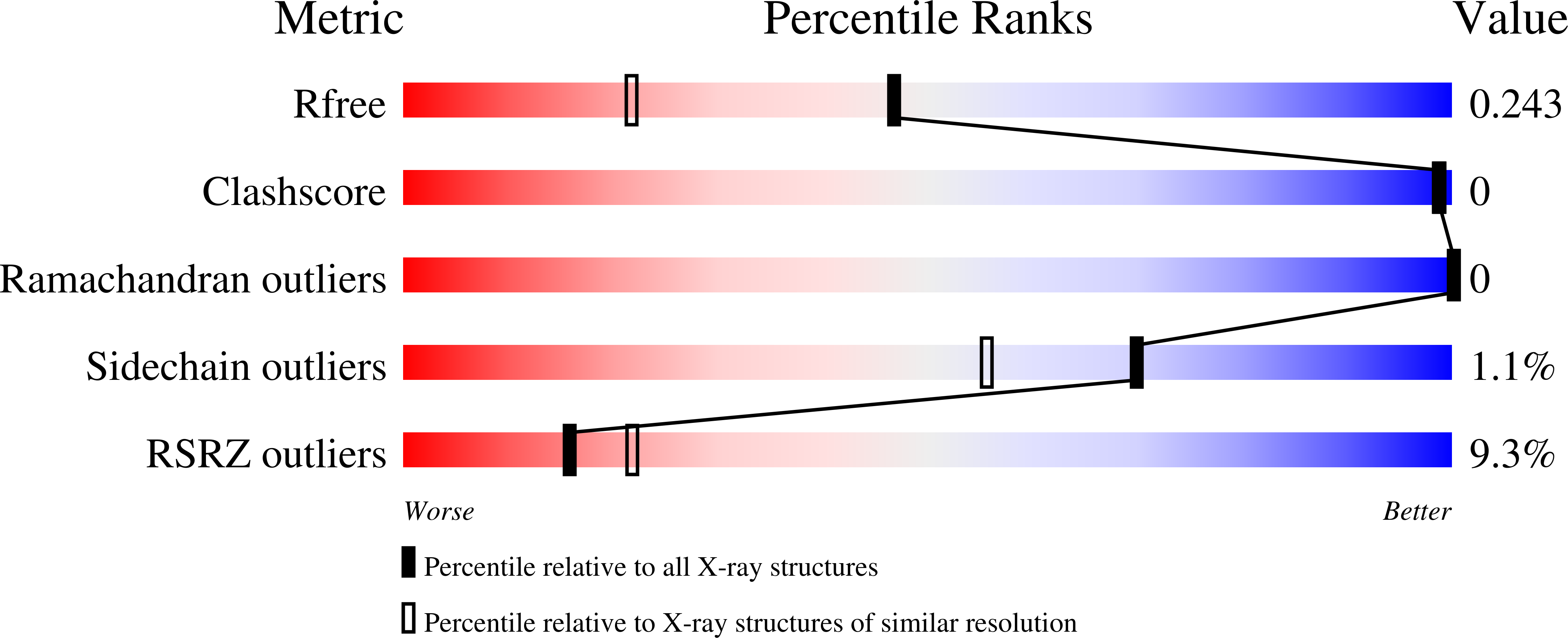
Deposition Date
2024-06-28
Release Date
2025-04-09
Last Version Date
2025-04-09
Entry Detail
PDB ID:
9FW6
Keywords:
Title:
A ternary complex of plant adenosine kinase 1 from moss Physcomitrella patens (PpADK1) with adenosine and ADP
Biological Source:
Source Organism:
Physcomitrium patens (Taxon ID: 3218)
Host Organism:
Method Details:
Experimental Method:
Resolution:
1.73 Å
R-Value Free:
0.25
R-Value Work:
0.22
R-Value Observed:
0.22
Space Group:
P 21 21 21


